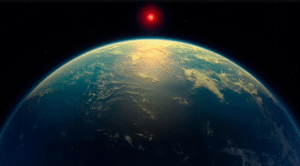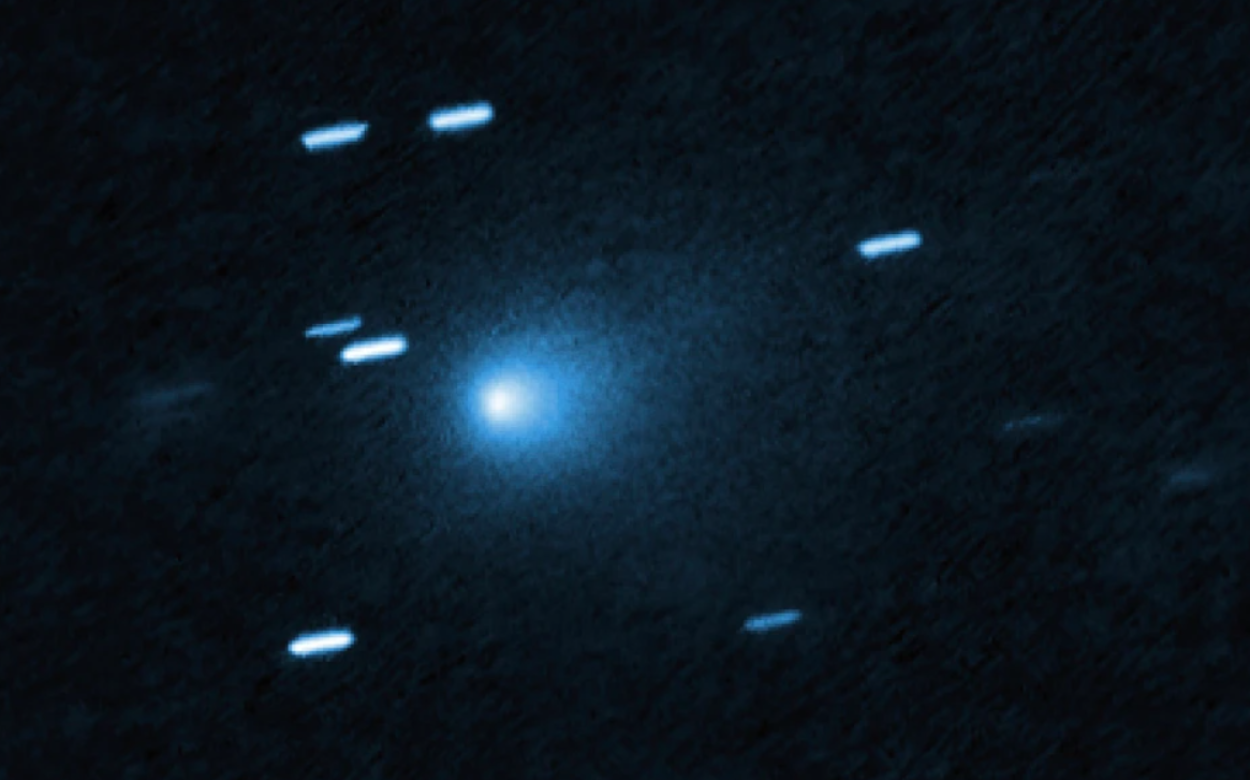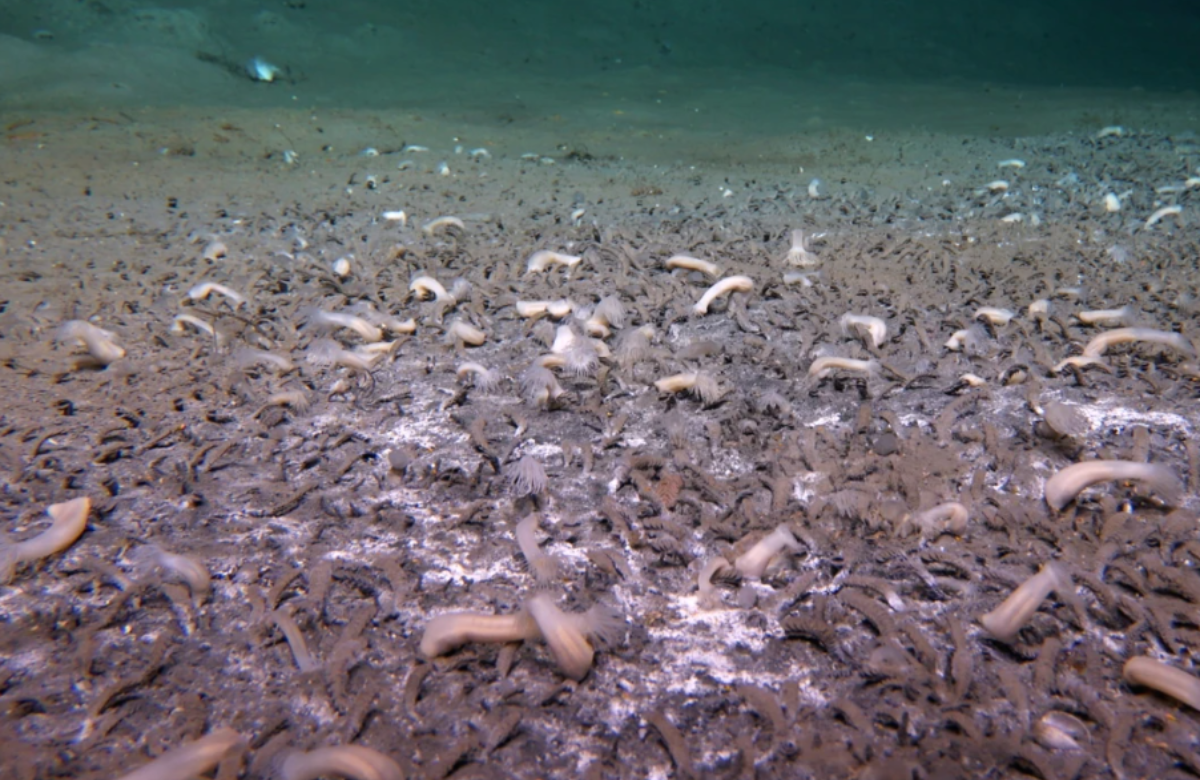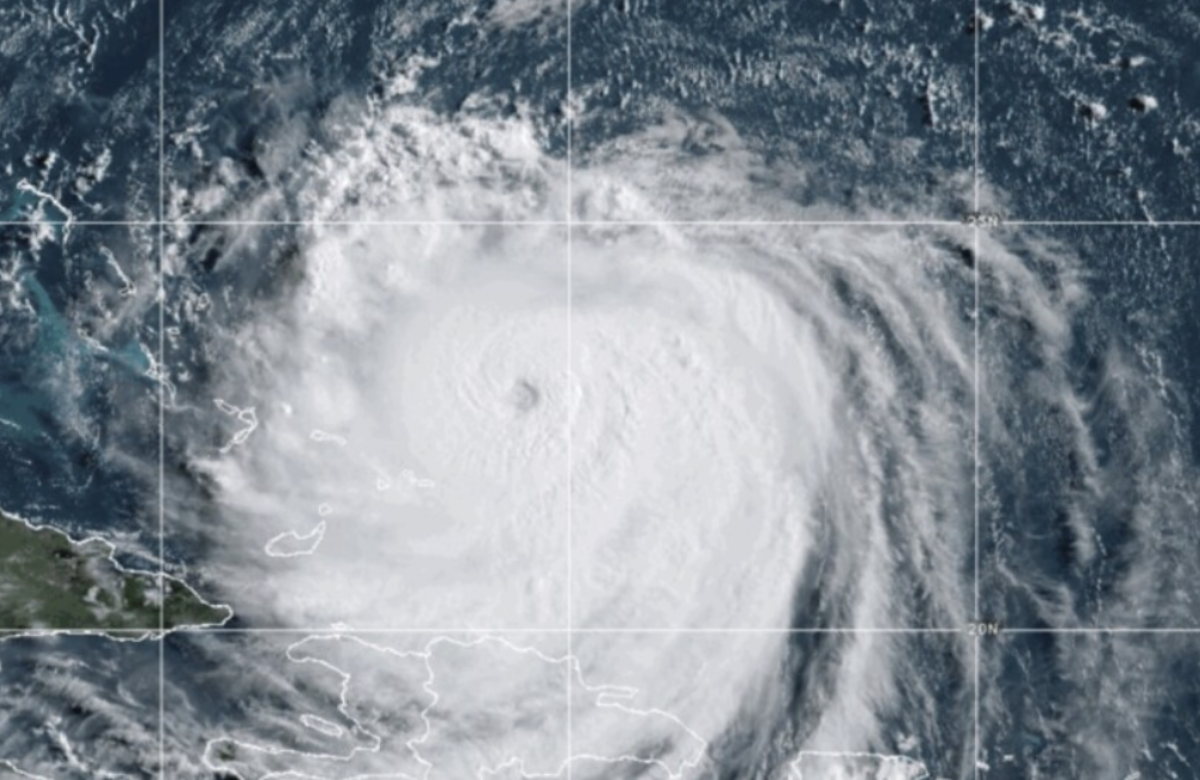Astronomers have discovered what may be chemical evidence of life on a planet outside our solar system—but they emphasize that much more research is needed before making any definitive conclusions.
A team of scientists from the University of Cambridge identified compounds in the atmosphere of exoplanet K2-18b that, on Earth, are only known to be produced by living organisms. While the discovery is not confirmation of alien life, the researchers consider it the most compelling potential signal yet of biological activity beyond our solar system.
“It’s the strongest sign to date of any possibility of biological activity outside the solar system,” said astrophysicist Nikku Madhusudhan of Cambridge during a livestreamed announcement on Thursday.
The findings came from data collected by NASA’s James Webb Space Telescope. Researchers reported detecting dimethyl sulfide and dimethyl disulfide—molecules that, on Earth, are primarily created by microorganisms like marine phytoplankton.
K2-18b is located about 124 light-years from Earth. A light-year equals nearly 6 trillion miles. The planet is more than twice the size of Earth and has over eight times its mass. It orbits in its star’s “habitable zone,” a region where temperatures might allow for liquid water—one of the key ingredients for life as we know it.
The study, published in the Astrophysical Journal Letters, emphasizes caution. Madhusudhan noted that further investigation is required to confirm whether the detected compounds are indeed present and if they were produced by life, or by some other unknown chemical or geological processes.
David Clements, an astrophysicist at Imperial College London, praised the study as a promising step but warned that interpreting planetary atmospheres from such vast distances is incredibly complex. “This is really interesting stuff,” he said, “and, while it does not yet represent a clear detection of dimethyl sulfide and dimethyl disulfide, it is a step in the right direction.”
To date, scientists have confirmed more than 5,500 exoplanets, with thousands more candidates under review—just a tiny fraction of the estimated billions within our Milky Way galaxy.
The James Webb Space Telescope, launched in 2021, is the most powerful space observatory ever deployed and continues to reshape our understanding of the universe with its ability to analyze distant planets in extraordinary detail.















